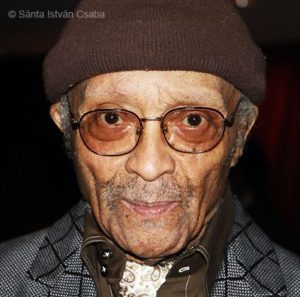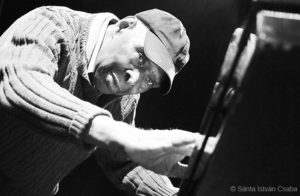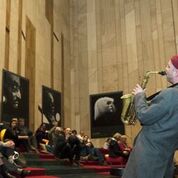As a generation of jazz elders leaves our world — some hastened by the pandemic — their faces as photographed by Sánta István Csaba become even more luminous, haunting, iconic. Originally from Transylvania and currently living in Turin, the northern Italian area with heaviest covid-19 infections, Sánta reports that he is healthy, employed at the […]
Cecil Taylor, dead at 89, as celebrated when he’d turned 80
The brilliant, challenging, perplexing and incomparable pianist/improviser/composer Cecil Taylor died April 5, 2018, at age 89. Here’s what I wrote of him to celebrate his 80th birthday: Cecil Taylor, unique and predominant, 80 years old 3 27 09 Cecil Taylor is the world’s predominant pianist by virtue of his technique, concept and imagination, and one of […]
International Jazz RIPs, 2017
Photographer-writer-author Ken Franckling has painstakingly compiled a compendium of more than 400 jazz artists and associates from around the world who died in 2017, with links to obituaries of most of them. Posted at JJANews.org. It’s a striking document and useful resource, though Franckling says, sadly, “The list seems to get depressingly longer each year.” Maybe that’s […]
Spring break with Budapest jazz, photos
I went to Budapest for spring break — to introduce a photo exhibit by my Transylvanian-born friend  Sánta István Csaba and help jury the 10th annual Müpa Budapest Jazz Showcase/Talent Exchange, held in the modernist musem and multi-theater complex on the east bank of the icy Danube Feb 3 – 5. As I wrote in my  DownBeat article, the […]




